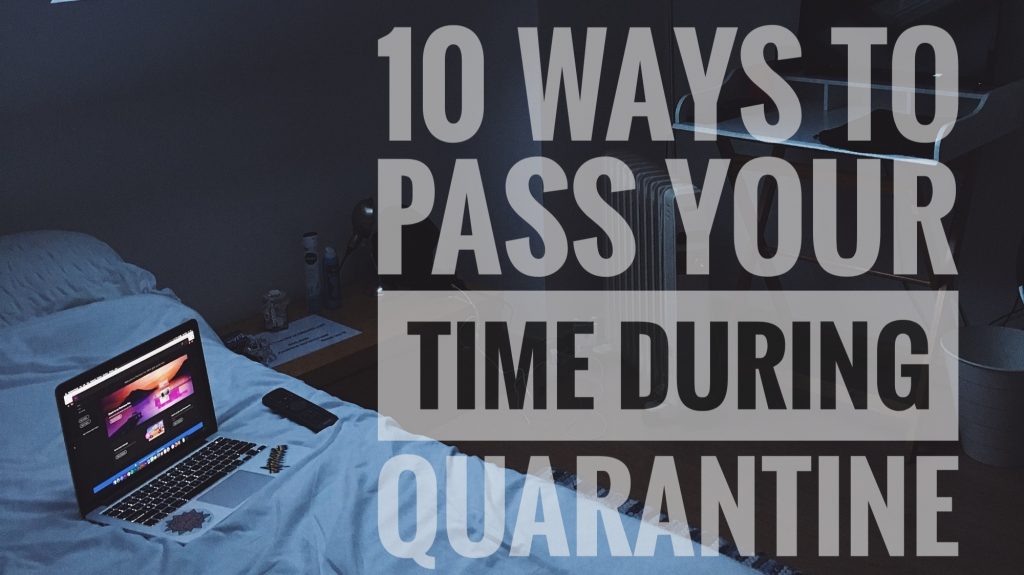Due to stagnation, a lot of FMGC’s had been suffering. However, recently, the consumer goods (FMCG) companies that have for years built a countrywide distribution network through Kirana stores and supermarkets said the lockdowns have boosted online sales in a short span of time as shoppers stuck at home turned to buy household essentials on the Internet.
“Increasing e-commerce trend”
The trend of online shopping has only shot up during this period allowing a better avenue for FMGCs to function as consumers prefer the contact-less delivery options being provided following the proper safety methods and guidelines. For Bengaluru-based MTR Foods,
e-commerce sales have risen from 2.2% pre-COVID to 4-5% currently.
Companies such as Swiggy, Amazon, and Flipkart have given access to companies to continue their businesses and ensure that the consumers are at ease.

“Better business for companies”
“People who were fence-sitters to e-commerce have changed their behaviour,” said Sunny Bhasin, marketing head at MTR that makes a variety of packaged food products. “We have seen our e-commerce business double up—we have done tie-ups and extended our own
e-commerce play (own website) to more cities.”
Several other companies have begun increasing their businesses in the e-commerce field. Beverage company Parle Agro—that sells the Frooti and Appy Fizz brands—has seen its online sales jump manifold. “We have already seen a 300% increase in sales on the e-commerce
platform in the last month. With an increase in the number of partner platforms, we are targeting a ten-fold growth,” said Nadia Chauhan, joint managing director, and CMO, Parle Agro. The company has also lined up specific stock-keeping units and brands for e-commerce as it hopes to grow the contribution from online sales to 15%.
To be sure, the share of e-commerce in India’s FMCG market is still marginal with traditional retail including neighbourhood stores having a more than 85% share. However, the likelihood of an increase in this percentage is huge as delivery services continue to expand their incentives.

